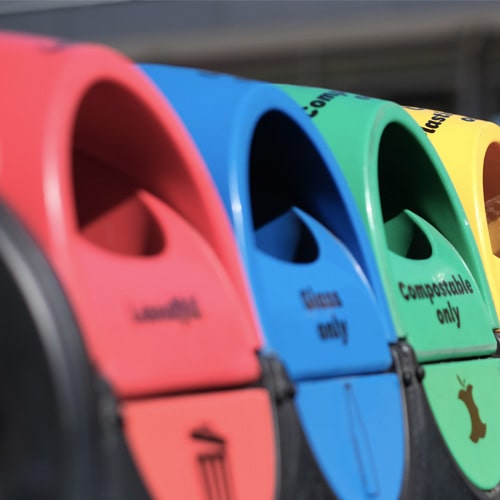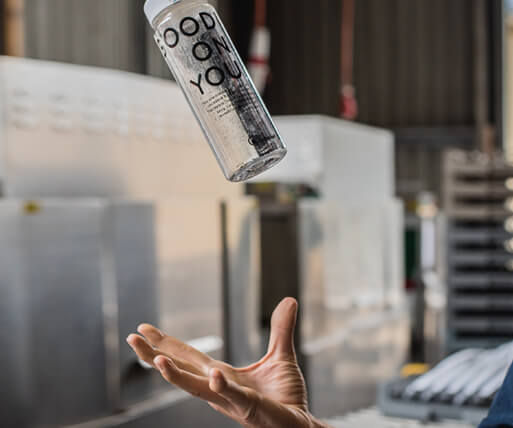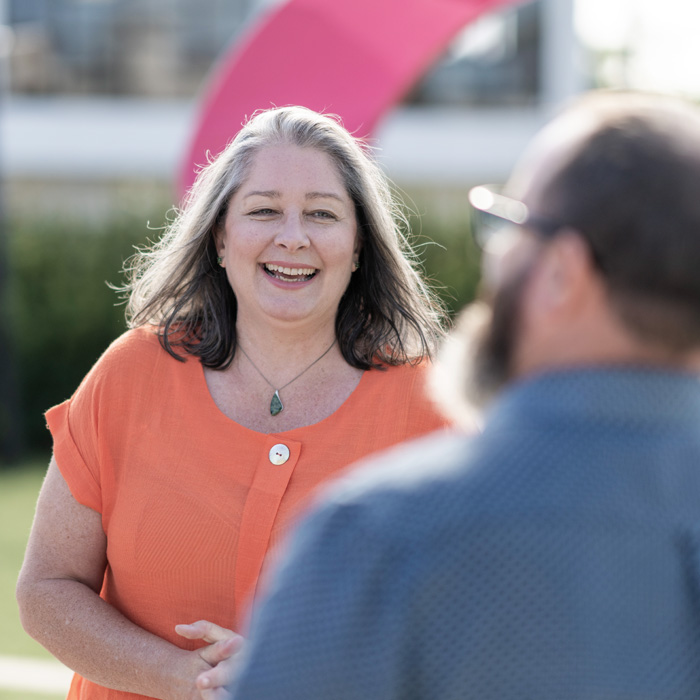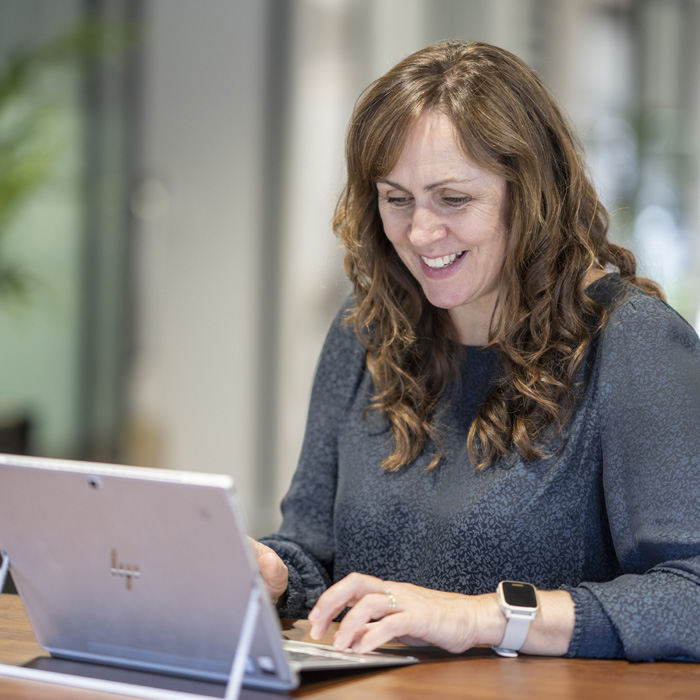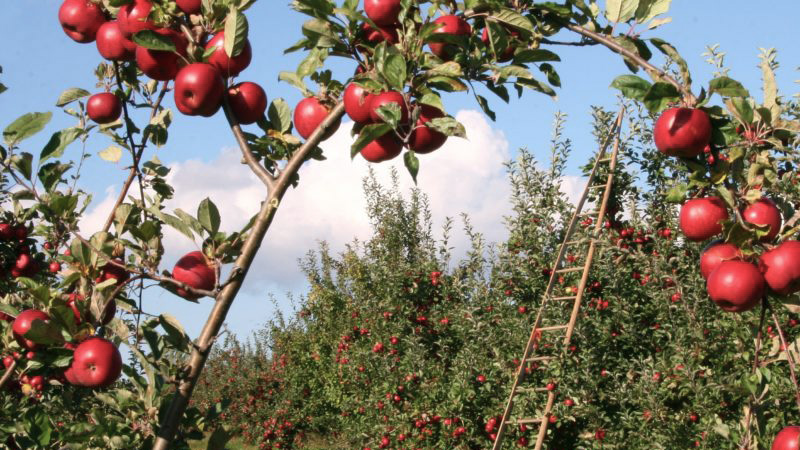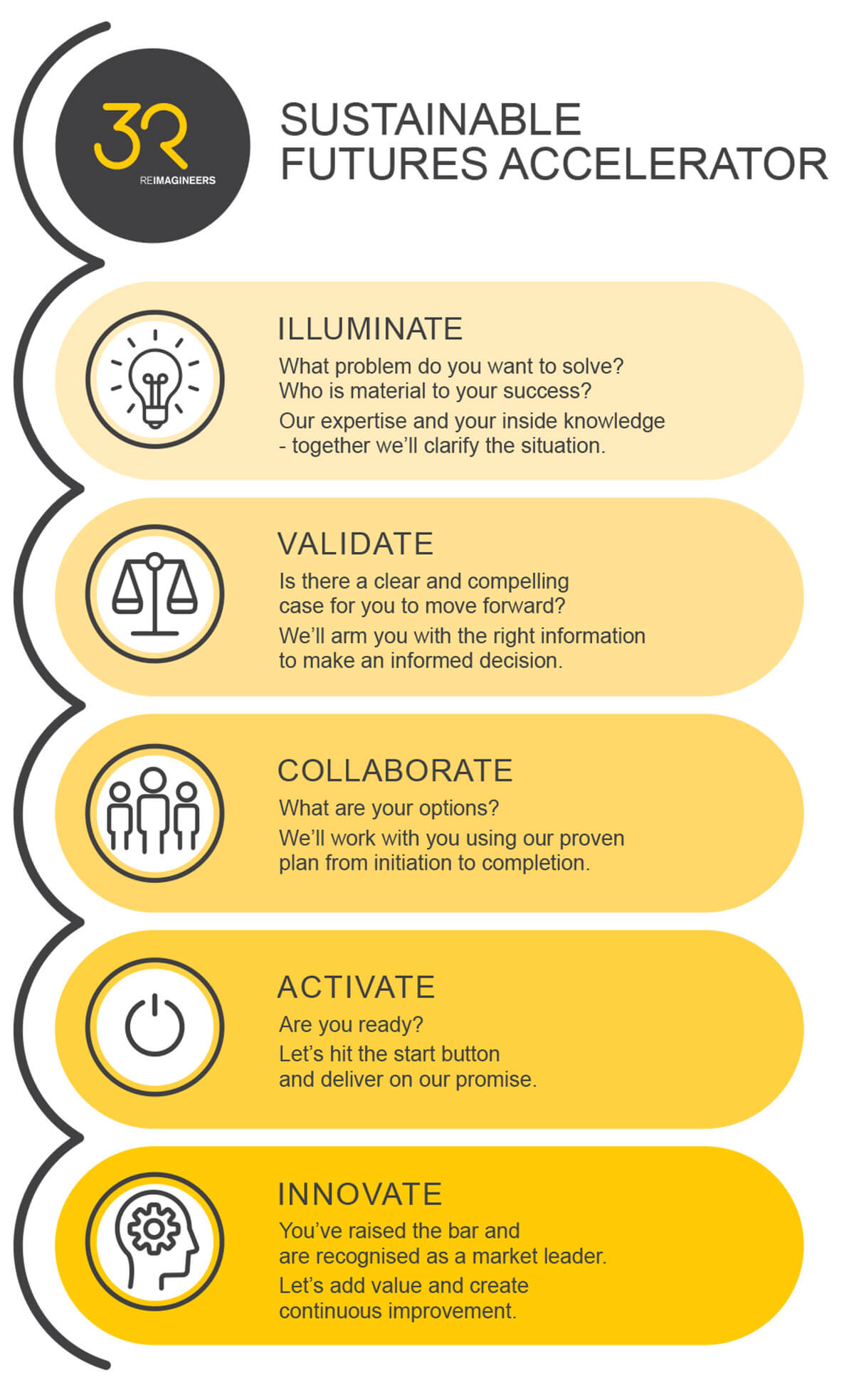The highs and lows of emissions reductions
Reducing your organisation’s emissions can often be a lot like picking fruit from a tree – the low branches can offer quick and easy reward, but those higher up are a little more challenging.
However, just like the invention of cherry pickers, aiming for those more difficult branches leads to innovation and greater efficiency.
3R Group may differ to other organisations in that sustainability, emissions reductions and waste recovery are core to what we do, but we have had the same experience with reducing our emissions.
In the 2013-2014 financial year we committed to reducing our total gross emissions by 20%, by 2020. In one year, we surpassed that with a reduction of 32% against our baseline.
The reduction was made possible by picking some rather big and low-hanging fruit, such as establishing a Christchurch processing hub to significantly reduce transport. Innovation wasn’t a big factor, just some good old-fashioned common sense.
Diesel use is by far our biggest source of emissions, so making this change – which meant we no longer had to run our South Island trucks up to Hawke’s Bay – was significant and immediate. In a similar common sense move, in 2015-2016, we reduced the emissions from our biggest programme at the time by 34% by using a mobile granulator which significantly increased freight capacity.
Another factor which influences emission is the growth of the business. Like many others 3R is growing as the programmes we manage expand and collect more material. Our paint programmes are growing strongly, however not all the pails and cans we collect contain paint that can be repurposed, while some contain rubbish rather than paint.
This can lead to higher emissions and higher waste to landfill. Changes to our contracted work can also have a big impact on our emissions – some contracts require more trucks on the roads, while others use no trucks but require more staff air travel.
Our latest figures show our total gross emissions were up 17% from 2017-2018 to 2018-2019, although still 32% lower than our baseline year.
So, is it a bad thing to see your emissions increase? For us it’s yes and no. Yes, because lowering emissions is of paramount importance, and no because the increase is a result of more work reducing waste to landfill and increasing waste recovery.
The challenge now lies in reaching that tantalising fruit hanging higher up the tree. For us this means scrutinising our biggest emissions sources, such as fuel, air travel and waste to landfill. Looking at electric trucks and forklifts, reducing third-party freight, being smarter about when and where we travel, and developing pathways to reuse or recycle more of the material we collect are areas of focus for us.
We will also continue to perform and initiate other ‘day-to-day’ emissions saving ideas such as in-house waste sorting, composting, recycling, LED lighting, regularly maintaining vehicles and office heat pumps, as well as using carboNZeroCertTM certified electricity provider Ecotricity where possible.
The fruit on the higher branches may be challenging to reach, but the rewards in reaching them are all the sweeter for the challenge.

